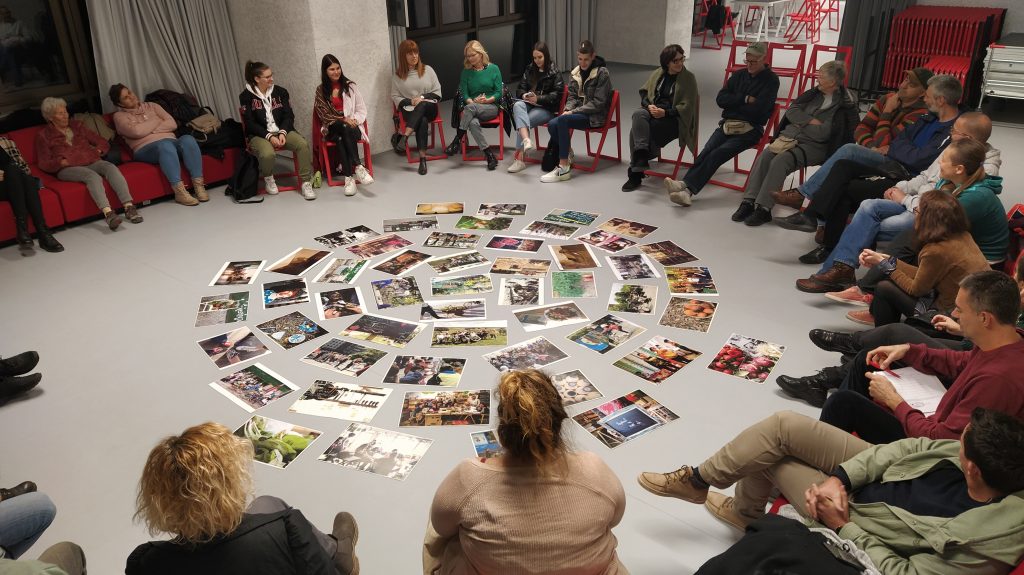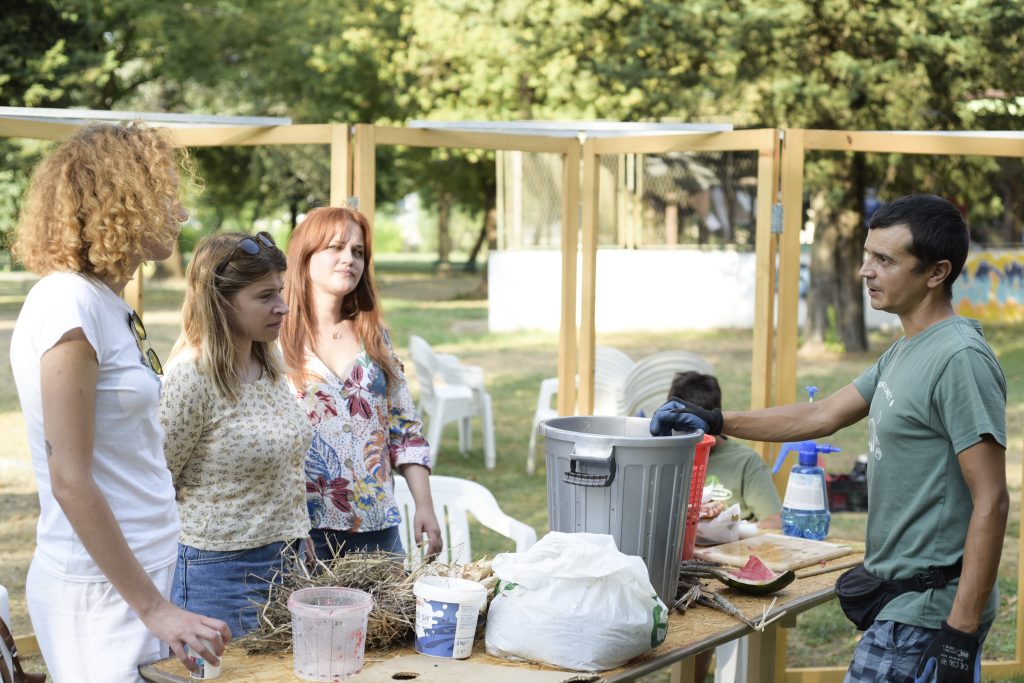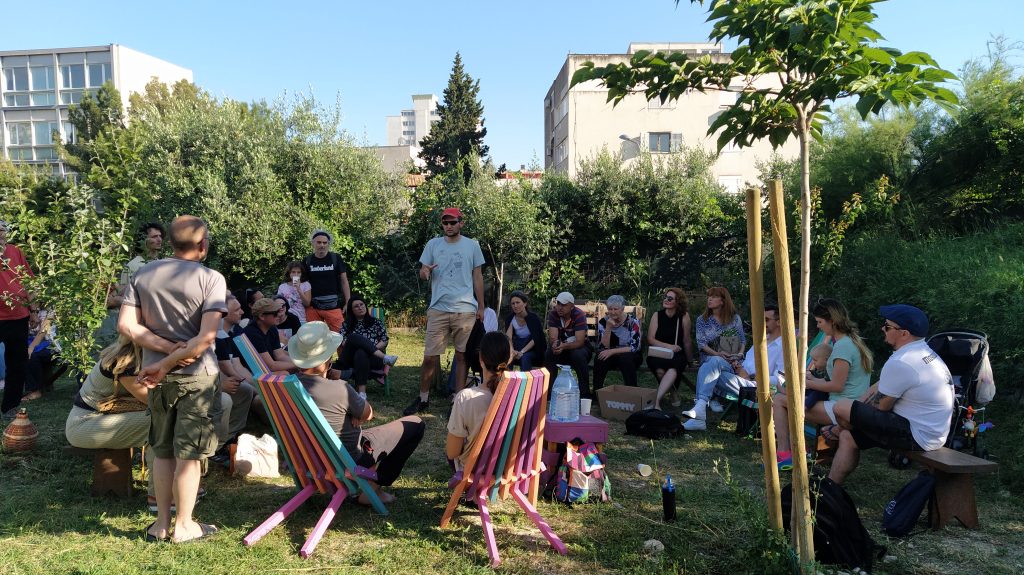Duration: theoretical part 2 x 45 min
Transition and activism are closely linked in their aims to create positive changes in society. Transition focuses on community-led efforts to develop resilient and sustainable communities. It emphasizes the importance of local action, participatory decision-making, and fostering cultural and mental changes.
Activism encompasses a wider range of actions aimed at addressing social, political, or environmental issues. Activists often work for systemic change by raising awareness, mobilizing communities, and advocating for policy reform.
In this lesson, students will learn about the concepts of transition and activism, which are important parts of the movement. They will also learn about the essential steps involved in starting a transition initiative in communities.
The Transition movement has been growing since 2005. Transition groups and communities follow transitional principles and use participatory methods to imagine the necessary changes. They focus on initiatives such as renewable energy projects, localizing food systems, and creating resilient communities and green spaces. They promote entrepreneurship, collaborate with municipalities, and emphasize the importance of repair and retraining. Recognizing the potential of community-level action, there is a growing understanding that top-down approaches alone are not enough to drive meaningful change.
The Transition Movement was prompted by a combination of concerns for the environment, recognition of resource limitations, and a desire for community empowerment and resilience to global challenges.

Activism within the Transition Movement involves individuals or groups taking action to promote the principles and goals of transition at the local or community level. Transition activists work to create sustainable, resilient, and socially just communities by applying practical solutions and advocating for systemic change. They are involved in activities such as organizing social events, raising awareness of environmental issues, promoting renewable energy projects, supporting local food systems, and cooperating with local authorities and organizations. Transition activism aims to empower communities to take control of their future and actively participate in shaping a more sustainable and just society.
Steps to start a transition initiative in your community:

A successful transition means finding a balance between:
Head: we act by the best available information and evidence, and direct our collective intelligence towards discovering better ways of living.
Heart: when we work we empathize because we value and pay attention to the emotional, psychological, interpersonal and social aspects of our work.
Hands: we turn our visions and ideas into concrete reality by initiating practical projects, because that’s how we create a new, healthier economy where we live. ( Transition Network, 2016)
Transitioning to a more sustainable community takes time and commitment. It is important to stay positive, be open to learning, and adjust your approach as needed.
* https://transitionnetwork.org/ – how to start transition activities and methods of inclusion and work of transition groups

To familiarize students with the significance of the transition movement and the process of establishing a transition initiative in the community.